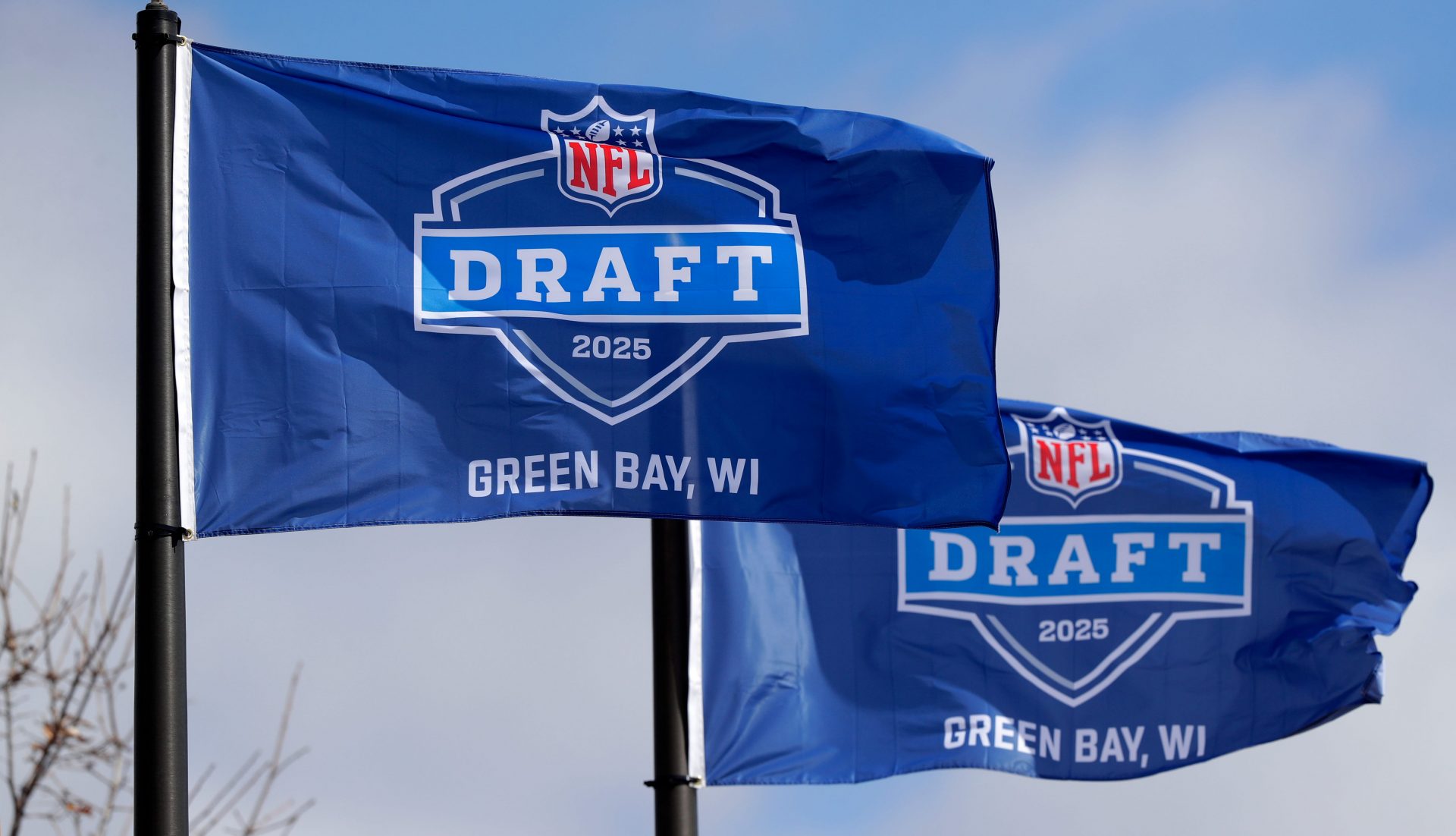The NFL Draft is one of the most anticipated events in American sports, transforming the futures of both college football standouts and professional franchises. As the 2025 NFL Draft approaches—April 24-26 in Green Bay, Wis.—understanding how this complex process unfolds can enhance fans’ viewing experience.
From determining eligibility to finalizing selections, the NFL Draft follows a carefully structured format designed to maintain competitive balance across the league.

How Teams Make Their Picks at NFL Draft?
At its core, the draft operates on a simple principle: teams select eligible college players in reverse order of the previous season’s standings, giving struggling teams priority access to top talent. However, the details of this process involve numerous rules and procedures that have evolved since the draft’s inception in 1936.
When draft day arrives, teams operate under strict time constraints to make their selections.
In Round 1, each team has 10 minutes to submit their pick. This time limit decreases to 7 minutes for Rounds 2 and 3, and further reduces to just 5 minutes per selection in Rounds 4 through 7.
The actual submission process follows a precise protocol. Inside each team’s draft room, executives, scouts, and coaches collaborate to finalize their decision. Once a selection is made:
- A team representative writes the player’s name, position, and school on a draft card.
- This card is handed to an NFL runner, who delivers it to the head table at Selection Square.
- The pick becomes official once the card is received.
- The NFL Player Personnel representative enters the selection into the database, simultaneously notifying all teams and broadcasters.
- Ken Fiore, the NFL’s vice president of player personnel, reviews and announces the pick.
If a team fails to submit its selection within the allotted time, the next team can immediately make its pick. However, the team that ran out of time can still submit its selection at any point afterward.
Draft Order and Eligibility Requirements
The draft order is primarily determined by the previous season’s standings. The team with the worst record receives the first pick, while the Super Bowl champion selects last in each round.
Teams that missed the playoffs are assigned picks 1-20 based on their records, while playoff teams occupy positions 21-32 depending on how far they advanced in the postseason.
When teams finish with identical records, the tiebreaker is strength of schedule—the combined winning percentage of a team’s opponents. The team that faced weaker competition picks earlier.
For the 2025 draft, the Tennessee Titans hold the coveted first overall selection, giving them first choice among the eligible prospects.
GET DRAFTING: College Football Network’s Mock Draft Simulator
Before players can enter the draft, they must meet specific eligibility requirements. Most importantly, prospects must be at least three years removed from high school graduation.
They must have either exhausted their college eligibility or formally declared for the draft if leaving school early. For 2025, 70 players received special permission to enter early—55 underclassmen and 15 early graduates.
The draft spans seven rounds across three days, with each of the 32 teams receiving one pick per round by default.
However, this standard allocation is frequently altered through trades, as teams exchange picks or players to improve their draft position. Additionally, compensatory picks awarded at the end of Rounds 3-7 provide extra selections to teams that lost significant free agents in the previous year.
College Sports Network has you covered with the latest news, analysis, insights, and trending stories in football, basketball, and more!

